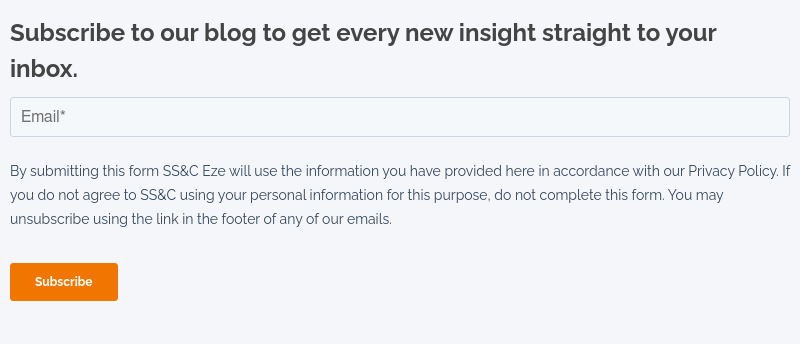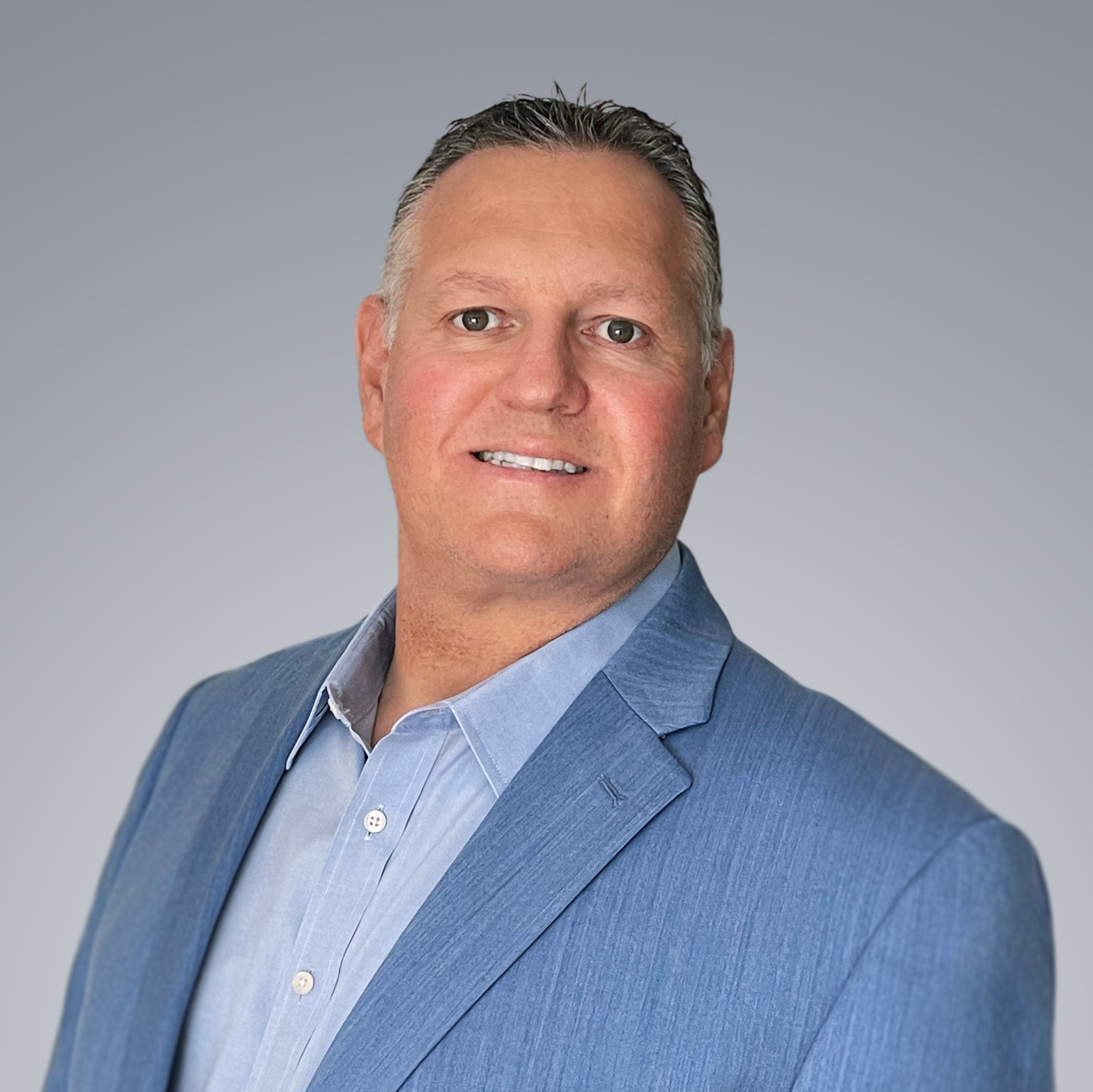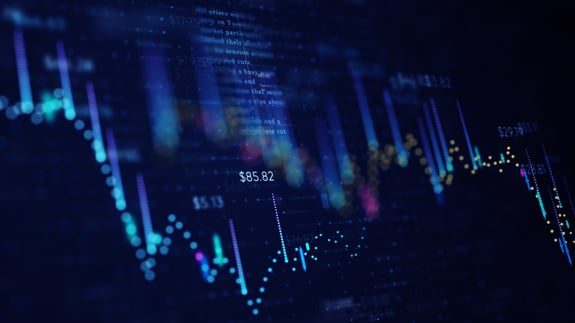For decades, financial technology has evolved to keep pace with changes in the investment ecosystem. Today, this technology is maturing faster than ever, which is good for asset managers.
However, knowing if your technology is keeping pace with the changes in your investment ecosystem can be a challenge.
This post looks at the key drivers and trends affecting front-office investment management technology, as well as the tools firms need to flourish in the current market while preparing for what lies ahead.

The OMS and the EMS: A Brief History of Front-Office Financial Technology
The Order Management System (OMS) was originally developed to track orders taken over the phone. In time, OMSs evolved to allow firms to automate and streamline the entire order-routing process.
The Execution Management System (EMS) was created to support sell-side brokers and day traders in the emerging electronic marketplace. This technology gained traction among buy-side firms once it began offering global, multi-asset class support.
Take a closer look at the differences between the OMS, EMS & OEMS, explore the capabilities of each solution & determine which is best to help your firm generate alpha.
The Next Generation OEMS: Bringing Together the Best of the OMS and the EMS
More recently, the needs of investment firms have evolved to create demand for a new breed of technology, one that brings the best of the OMS and the best of the EMS into one seamless solution from a single provider.
This seamless OEMS is critical to improving your front office operations. Moreover, the single, centralized source of truth created by a unified OEMS also brings value to departments downstream in your organization.
Today’s next-generation OEMSs are helping firms keep pace with new business demands, including:
- The expansion of electronification beyond equities is leading firms looking to increase efficiency and decrease risk to leverage solutions that provide a consistent, straight-through processing workflow regardless of asset class.
- Changing compliance requirements and investor mandates require a single system supporting a holistic compliance solution across all asset classes and investment strategies.
- The move to pre-trade risk and compliance demands a unified technology that offers integrated risk management capabilities across the entire trade lifecycle.
- The operational and regulatory risks associated with manual processing in complex markets like fixed income and derivatives are leading trading desks to look to technology for seamless, automated solutions to alleviate these risks.
Additionally, bringing together essential front-office functions under one vendor and one technology saves costs and streamlines operations associated with onboarding and integrating new solutions.
What’s Next? The Must-Have Features of the Modern OEMS
Not just any OEMS can meet these challenges and opportunities. As trading requirements become much more advanced, technology must as well.
Here is a list of features your OEMS must have to future-proof your technology investment:
Seamless Integration
While the EMS and OMS are both robust solutions, realizing the true benefit of a combined system requires full integration, not a patchwork approach.
Choose an OEMS developed using the source code of both the OMS and EMS. This code-level integration synchronizes the data and pulls the traditional functionality associated with both systems into one elegant solution.
This shared code should ensure a seamless workflow for portfolio managers and traders and beyond to compliance, operations, accounting, and other middle- and back-office functions.
Creating a single, centralized source of truth across your firm also creates greater efficiencies and visibility and ensures a higher level of accuracy.
Focus on Trade Execution
The OEMS delivers the best of both worlds: the ability to generate investment ideas fast and quickly turn them into reality in the market to unlock otherwise hidden alpha.
To achieve that goal, your OEMS must provide real-time synchronization to ensure traders and portfolio managers know precisely where their positions and trades stand at any given time and advanced trading capabilities in order to effectively act on the insights they glean.
Robust Compliance Functionality
Compliance is a priority as firms trade across more and more asset classes, jurisdictions, and investment strategies.
Does the OEMS include a compliance engine that seamlessly applies its rules and logic when an order is initiated? And, if that order is modified somewhere along the trade life cycle, can the OEMS instantly evaluate and update the change throughout the system?
A good OEMS takes a holistic and integrated approach to compliance and provides a critical audit trail while enhancing speed to market.
Real-time Views of Critical Data
Complex data sets and high-performance analytics engines provide the data trading desks need to do good work.
But to effectively make data-based decisions, traders must be able to view the data they need exactly when they need it. Your next-generation OEMS, therefore, must provide a real-time view of portfolio risk, exposures, and trading activities across asset classes, positions, and portfolios.
What To Look for in an OEMS Vendor
Start by asking your vendor if they specialize in a specific constituency. EMS and OMS providers have different offerings that cater to different users. For instance, a specialized service for a proprietary trader may not be relevant to a large asset management firm. Find a vendor with relevant experience in your business.
You may want to choose a vendor that offers their solution via a public or private cloud. Cloud deployment removes the need for expensive infrastructure, enables real-time mission-critical support, and provides operational efficiencies across the firm.
To help future-proof your technology investment – and your business – choose a vendor with a proven history of continued product and functionality enhancements. To enable even more functionality, look for technology with an open architecture for connectivity through APIs.
Finally, your OEMS vendor should offer outstanding support. Leveraging an OEMS has the potential to bring great value to your firm. Realizing that value, however, requires a vendor that will serve as your technology partner and provide the service and support you need to guide you through all the phases of your relationship – from implementation and deployment to supporting your ongoing growth.
Download the Trading Technology Buyers Guide for a more in-depth look at the front-office technology available today & how to apply it to set your firm up for future success.
Want to See How a Next-Gen OEMS Can Transform Your Operations?
From trading and compliance to cost reduction and workflow optimization, clients report that SS&C Eze's OEMS technology has helped transform their businesses.
With over $40m invested annually in R&D, Eze continues to innovate to meet firms' evolving needs.
And our efforts don't stop at software. Our client-first approach extends to every touch point, and with over 500 service experts worldwide, clients are always able to speak to someone who knows them, their business, and their workflows.


